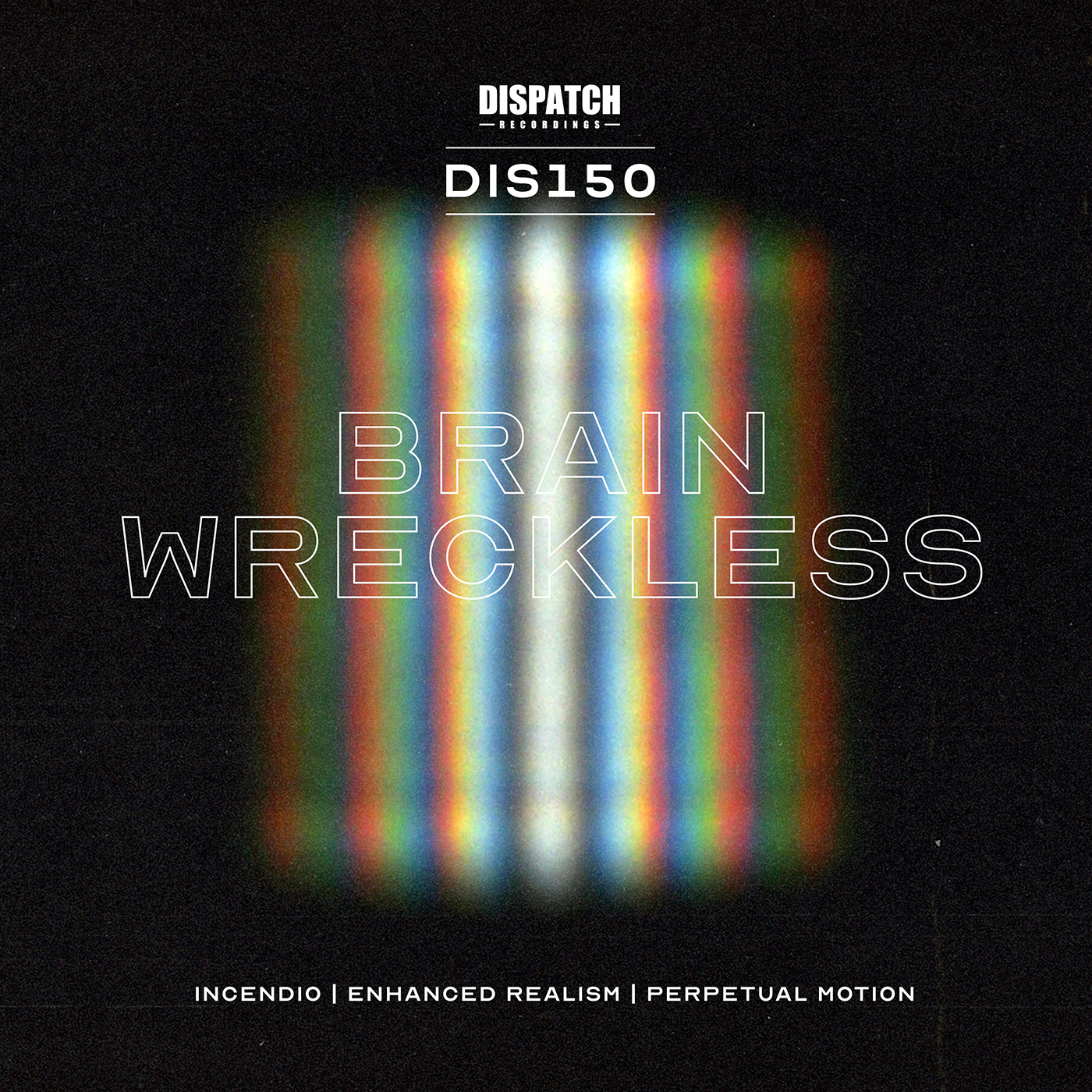

2 Several other American Heart Association (AHA) and ASA publications continue to provide guidance on improving stroke care. 1 A subsequent statement in 2013 issued recommendations on the interactions within stroke systems of care. In light of these improvements, the American Stroke Association (ASA) first issued policy recommendations for the development of stroke systems of care in 2005. In acute stroke, scientific knowledge and clinical care have improved in the past 2 decades.

To translate advances in scientific knowledge and innovations in clinical care into improvements in patient outcomes, systems must be in place to facilitate optimal healthcare delivery. This statement and its recommendations span primordial and primary prevention, acute stroke recognition and activation of emergency medical services, triage to appropriate facilities, designation of and treatment at stroke centers, secondary prevention at hospital discharge, and rehabilitation and recovery. This statement provides an update to prior publications to help guide policymakers and public healthcare agencies in continually updating their stroke systems of care in light of these changes. Over the past decade, stroke systems of care have seen vast improvements in endovascular therapy, neurocritical care, and stroke center certification, in addition to the advent of innovations, such as telestroke and mobile stroke units, in the context of significant changes in the organization of healthcare policy in the United States. The aim of this policy statement is to provide a comprehensive review of the scientific evidence evaluating stroke systems of care to date and to update the American Stroke Association recommendations on the basis of improvements in stroke systems of care.

In 2005, the American Stroke Association published recommendations for the establishment of stroke systems of care and in 2013 expanded on them with a statement on interactions within stroke systems of care.


 0 kommentar(er)
0 kommentar(er)
